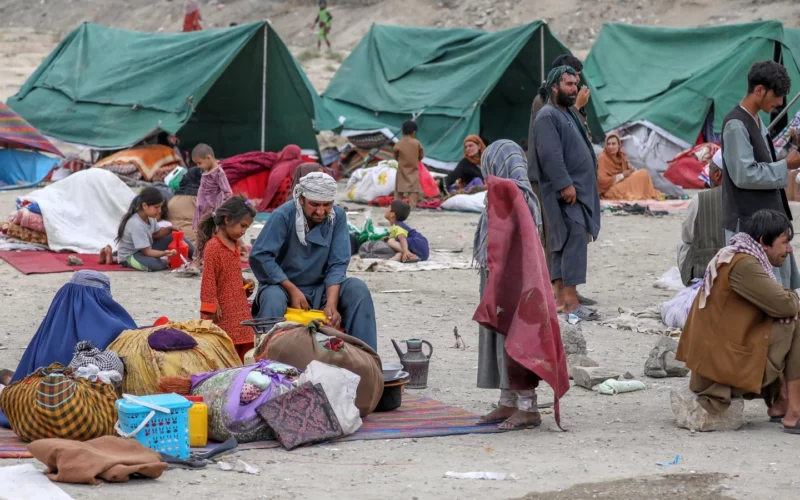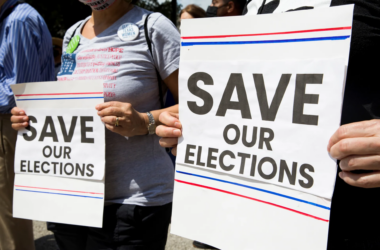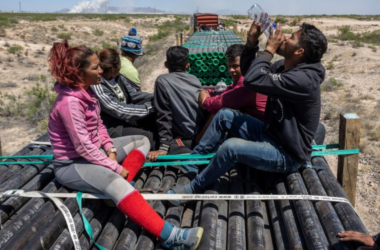In the arid landscape of Spin Boldak in southern Afghanistan, trucks painted in vibrant colors of blue, yellow, and purple are a common sight. These trucks carry the entire possessions of families returning from Pakistan after decades of displacement. Following a ruling that undocumented migrants must leave or face deportation, hundreds of thousands have returned to Afghanistan, many for the first time, with the daunting task of rebuilding their lives from scratch.
Most of these returnees are so impoverished that securing their next meal is a struggle, let alone starting a new livelihood. Upon arrival in Spin Boldak, they receive medical care, some food, and a small amount of cash from humanitarian agencies. While they are grateful for this assistance, their primary need is clear: jobs and start-up capital to survive economically. Unfortunately, very few receive this kind of help due to the current focus of international aid on survival rather than resilience. This gap is evident not only for returnees from Pakistan but also in responses to floods and earthquakes, highlighting a significant divergence between donor strategies and the needs of Afghans facing climate and poverty-related risks.
This divergence is unsurprising given that many major international aid donors are from Europe and the United States, where memories of conflict with Afghanistan are still fresh. Tensions with Taliban authorities, especially over issues like women’s access to work and education, further complicate the situation.
What is disappointing, however, is that much of the international assistance remains negatively framed, emphasizing non-support of the Taliban. Instead, a people-first, positive approach is needed, focusing on what institutions, structures, skills, and attitudes will most likely contribute to sustained well-being and peace in Afghanistan, considering its unique context.
Critics argue that such a framing is impossible while half the population is excluded from education and the workforce. This argument has two main flaws. First, while restrictions on women are severe, there are exceptions and workarounds that can support women. Second, restricting aid affects everyone, including women and girls, who also want their families to have income and education. Non-engagement ends up hurting those it intends to protect.
A more positive approach would involve several key strategies. First, it would focus on building Afghanistan’s institutional capacity to provide social protection and opportunities for its citizens, rather than relying on parallel international structures. For example, supporting the Afghan Red Crescent, the country’s leading national humanitarian institution, would be beneficial.
Second, long-term thinking is crucial. Instead of focusing solely on immediate food needs, support should aim at livelihood recovery and job creation for both men and women. Relief aid is necessary but should supplement a strategy that promotes household economic independence.
Third, investment in Afghanistan’s capacity to cope with climate risks is essential. Recent heavy rains and flooding have devastated southern and northern provinces, destroying agricultural land and infrastructure and pushing many into destitution. Development support, such as building check dams and establishing early warning systems, is needed to provide sustainable protection.
Fourth, all possible learning opportunities should be supported. While the lack of secondary education for girls is a significant issue, alternative education, vocational training, skills development, and learning opportunities for both men and women should be pursued. Addressing the severe, yet less visible, mental health crisis rooted in past trauma and future uncertainty requires more than relief aid; it needs support for self-development.
Lastly, distinguishing between engagement and endorsement is critical. While endorsement may be problematic, engagement to enable investment that benefits the Afghan people is crucial.
Since the Taliban’s return to power in August 2021, donor countries have struggled to respond appropriately. Some have continued humanitarian aid while withholding development financing. As the third anniversary of the Taliban’s return approaches and a relatively stable “new normal” emerges, it is time for more donors to shift from a reactive to a proactive strategy. This approach should aim to lay foundations not just for survival but for well-being and hope, despite the challenges.








